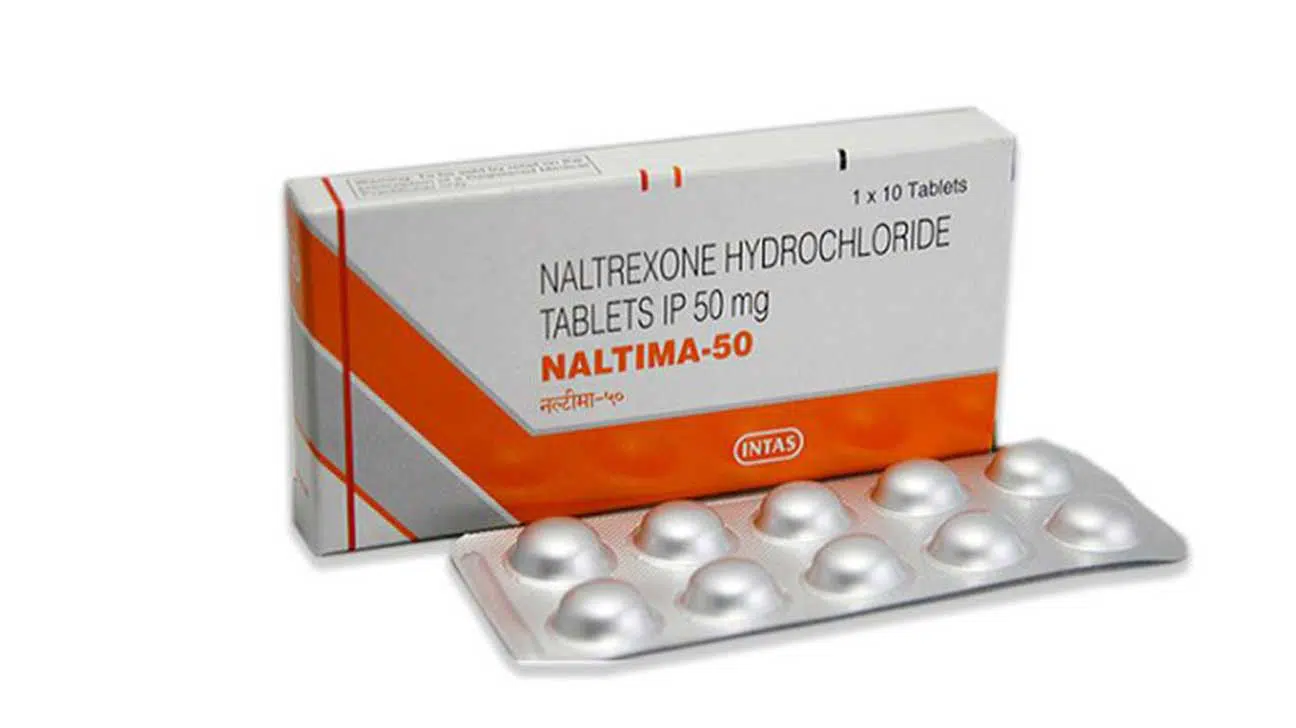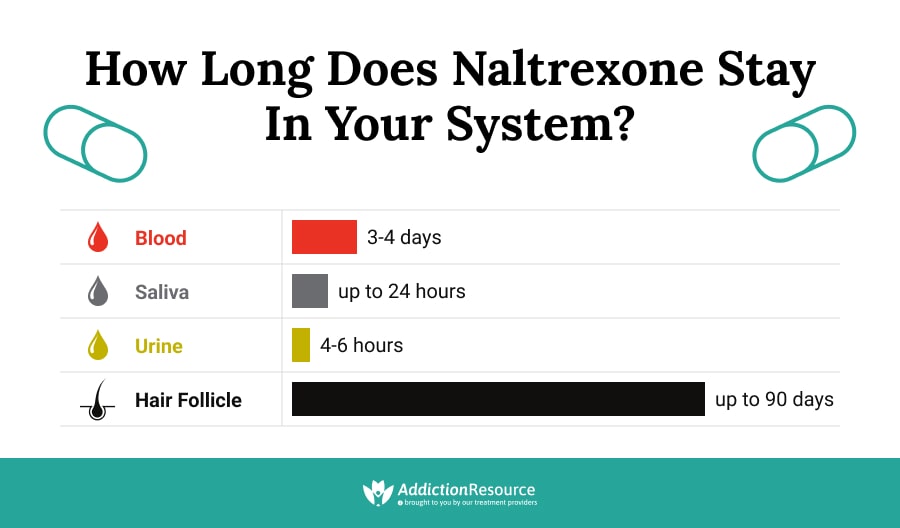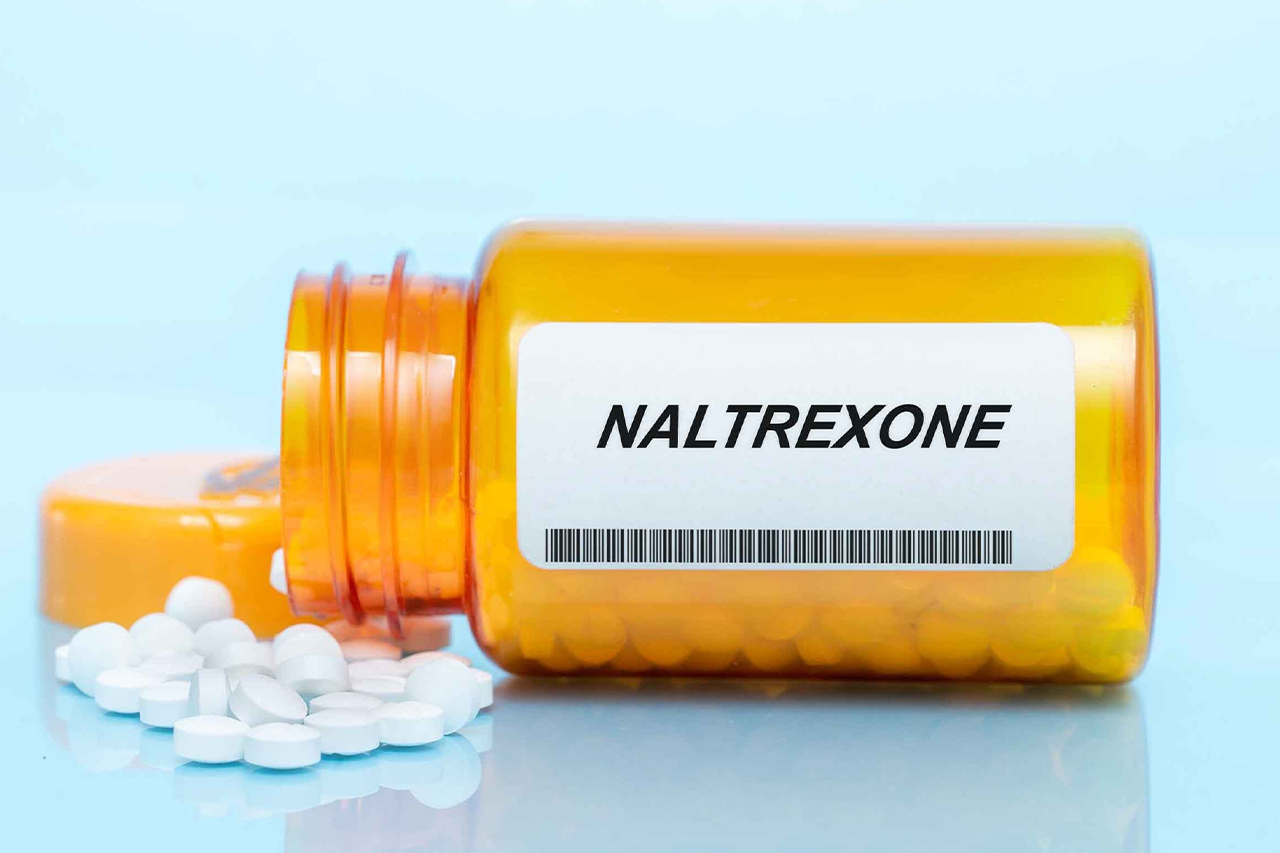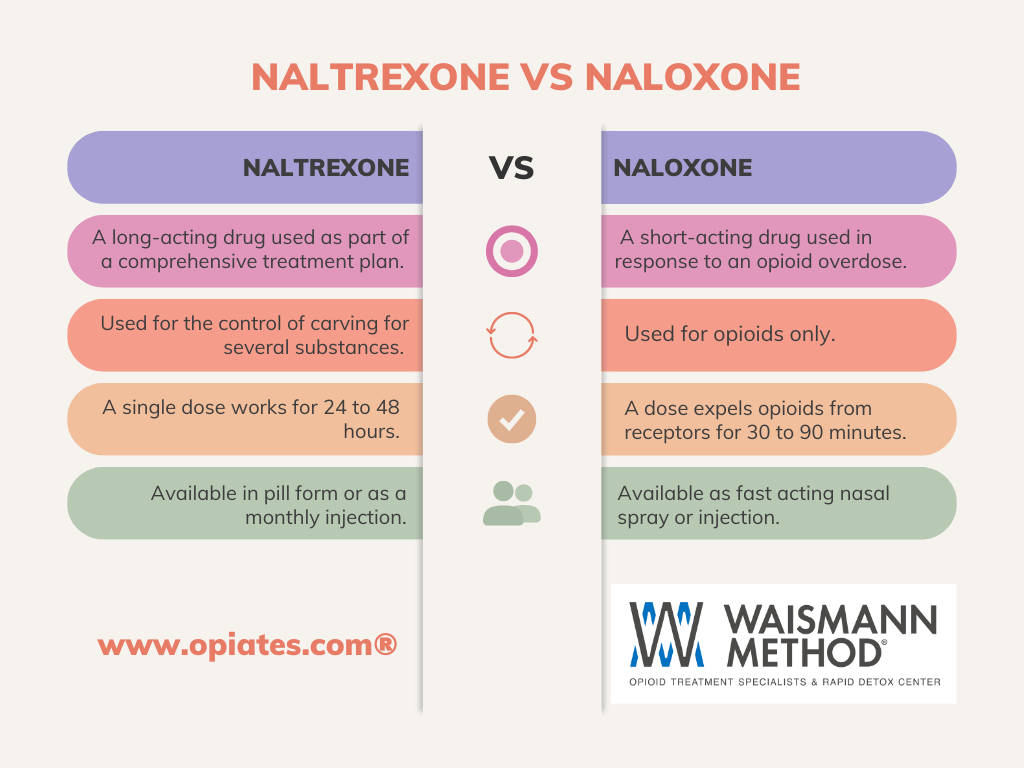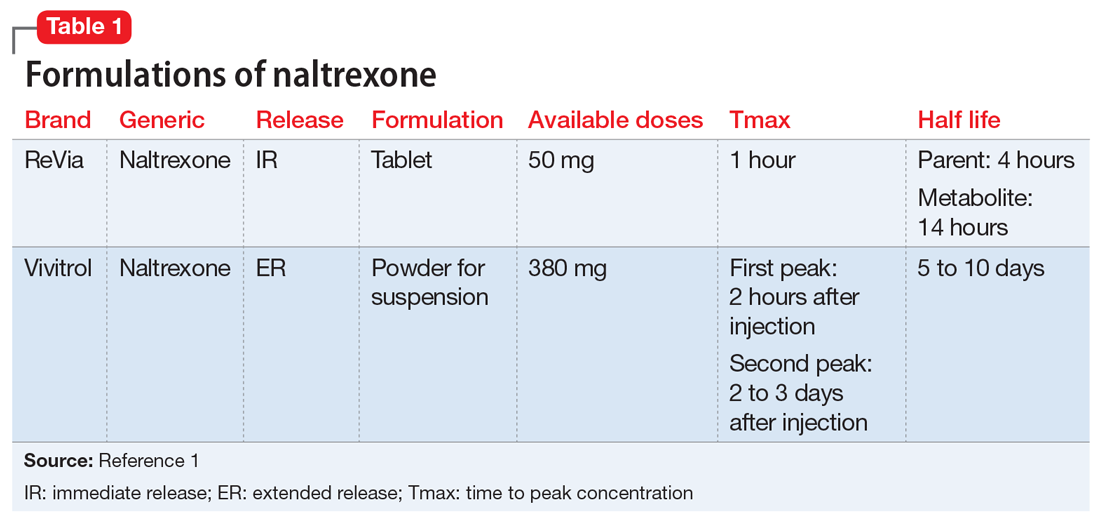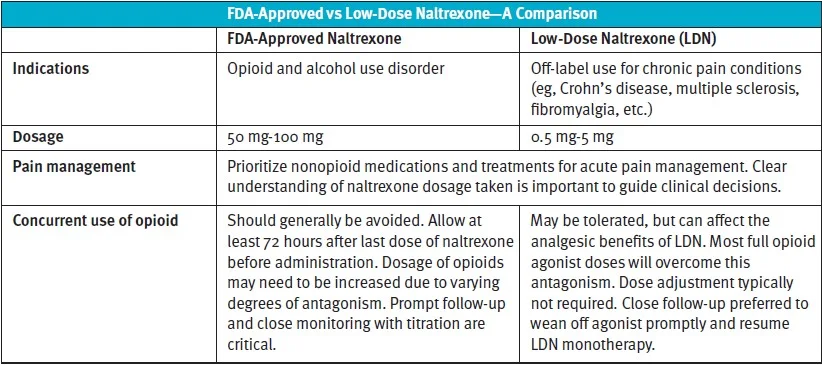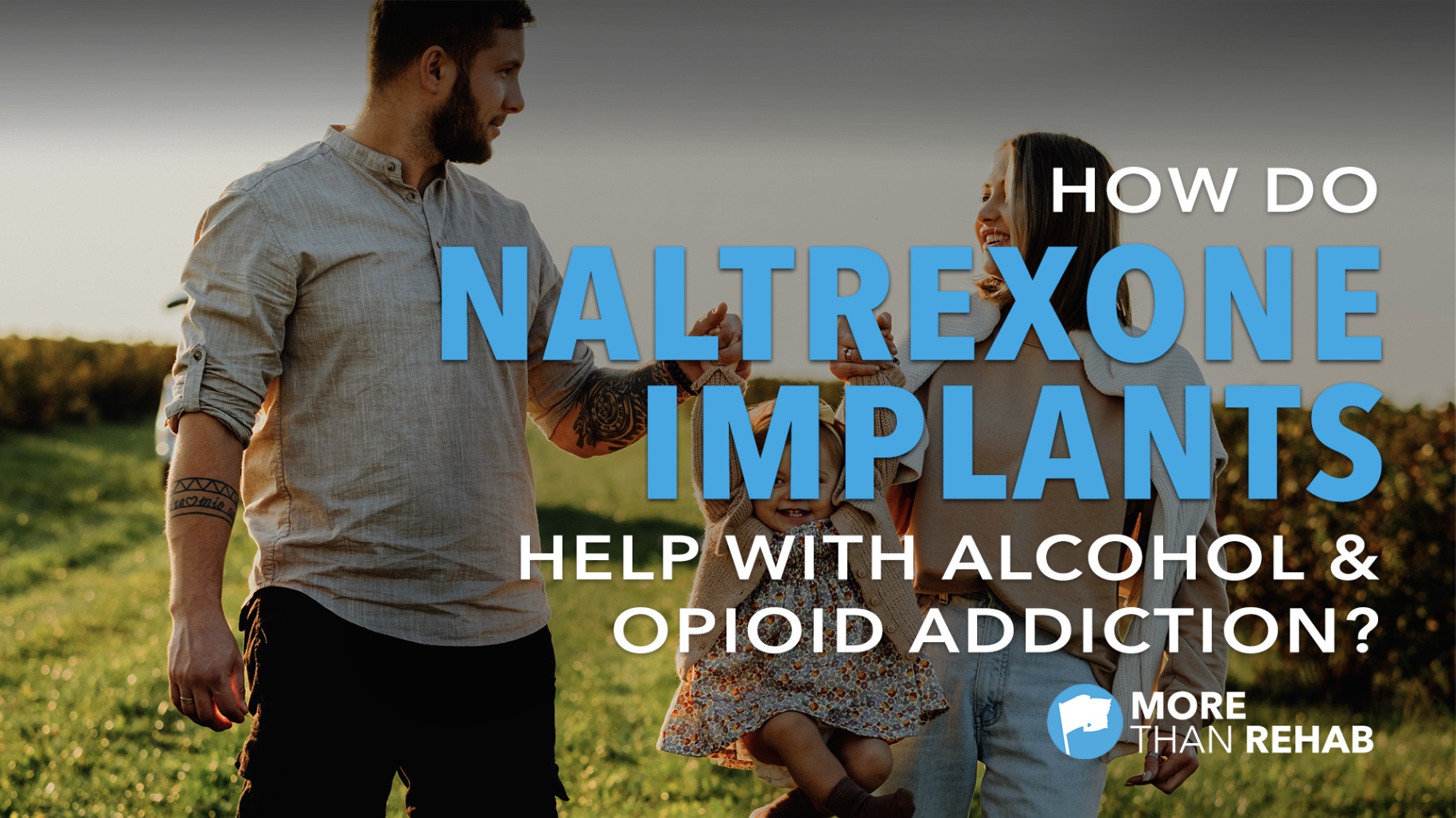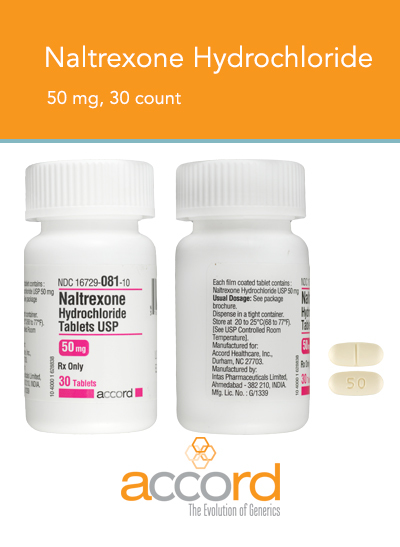How Long Does Naltrexone Show Up On A Drug Test
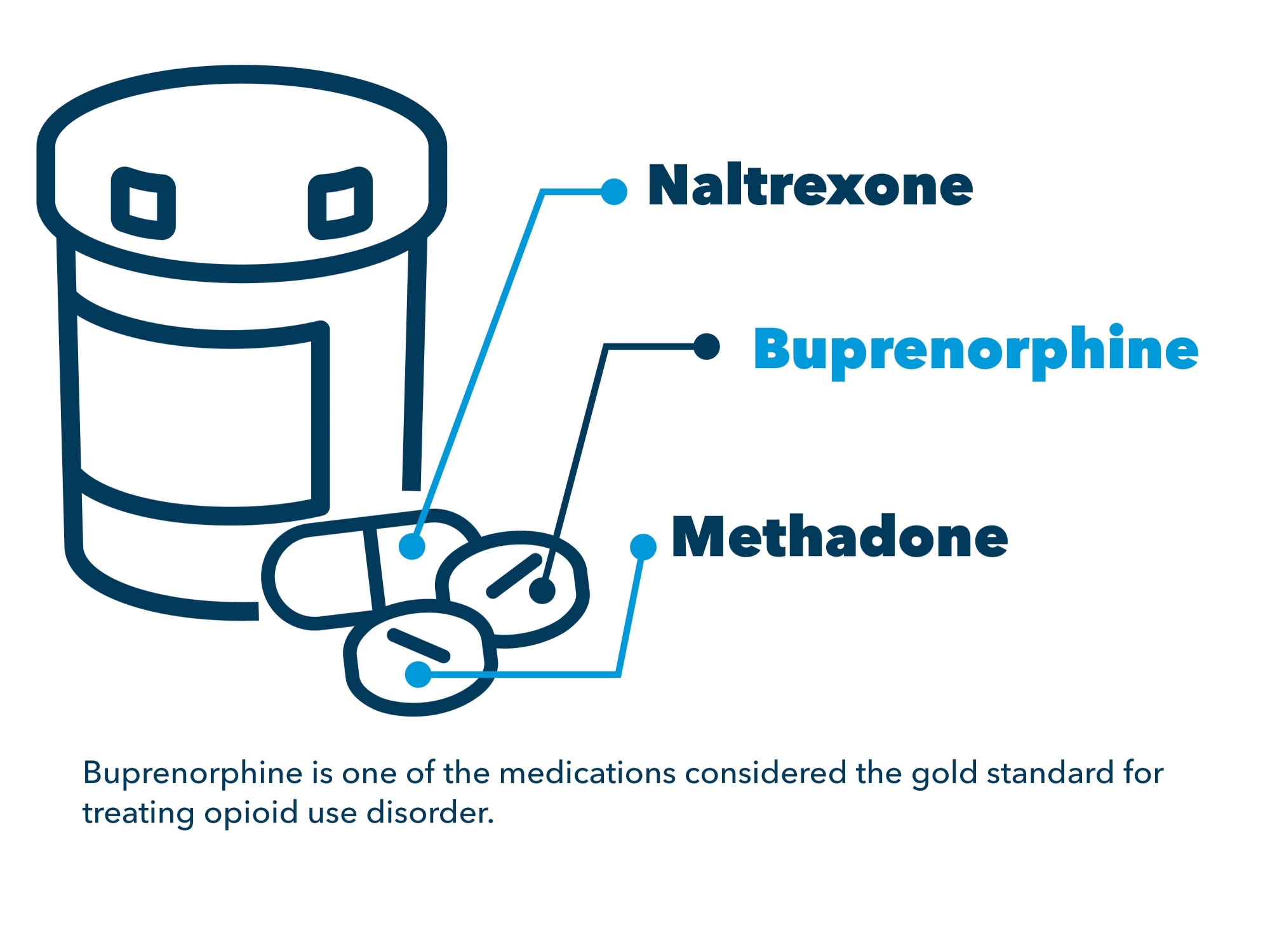
For individuals managing opioid or alcohol dependence with naltrexone, a common question arises concerning its detectability in drug tests. Understanding the duration naltrexone remains detectable is crucial for navigating employment screenings, legal requirements, and personal medical management.
This article delves into the factors influencing naltrexone's detection window, the types of drug tests used, and the implications for individuals undergoing treatment. We aim to provide a comprehensive overview based on scientific literature and expert opinions, offering clarity on this often-misunderstood aspect of medication-assisted treatment (MAT).
Understanding Naltrexone and its Purpose
Naltrexone is an opioid antagonist, meaning it blocks the effects of opioids. It's primarily prescribed to treat alcohol use disorder (AUD) and opioid use disorder (OUD) by reducing cravings and preventing the euphoric effects of these substances.
Unlike some medications used in MAT, naltrexone is not an opioid itself and does not produce a "high." It works by binding to opioid receptors in the brain, preventing other opioids from attaching and exerting their effects.
How Drug Tests Detect Naltrexone
Standard drug tests typically screen for opioids, benzodiazepines, amphetamines, and other commonly abused substances. Naltrexone is generally not included in these standard panels.
However, specialized tests can be specifically ordered to detect naltrexone and its primary metabolite, 6-β-naltrexol. These tests usually involve analyzing urine, blood, or hair samples.
Urine Tests
Urine tests are the most common method for drug screening. Naltrexone and its metabolite are typically detectable in urine for 2 to 4 days after the last dose.
Factors like dosage, individual metabolism, and kidney function can influence this timeframe. A higher dosage or slower metabolism may prolong the detection window.
Blood Tests
Blood tests offer a shorter detection window compared to urine tests. Naltrexone is typically detectable in blood for up to 1 to 2 days.
Blood tests are generally more invasive and expensive than urine tests, making them less common for routine screening.
Hair Follicle Tests
Hair follicle tests have the longest detection window, potentially detecting naltrexone for up to 90 days. This is due to the drug being incorporated into the hair shaft as it grows.
However, hair follicle tests are less commonly used due to their higher cost and the potential for environmental contamination.
Factors Influencing Detection Time
Several factors can affect how long naltrexone remains detectable in the body. These include:
- Dosage: Higher doses may take longer to be completely metabolized and eliminated.
- Metabolism: Individuals with faster metabolisms may eliminate the drug more quickly.
- Kidney Function: Impaired kidney function can slow down the elimination process.
- Frequency of Use: Regular users may have a build-up of the drug in their system.
- Route of Administration: The injectable form of naltrexone (Vivitrol) has a longer duration of action compared to the oral form.
Implications for Individuals on Naltrexone
Understanding the detection window of naltrexone is important for individuals undergoing drug testing for employment, legal, or medical reasons. It's crucial to inform testing facilities about naltrexone use, as a positive result could be misinterpreted as opioid use if the test is not specific.
In some cases, individuals may need documentation from their doctor verifying their naltrexone prescription. This can help avoid any misunderstandings or false accusations.
The Significance of Specific Testing
The decision to test for naltrexone specifically is often determined by the purpose of the drug test. For example, compliance monitoring in addiction treatment programs may include testing for naltrexone to ensure patients are adhering to their medication regimen.
In other situations, such as pre-employment screenings, testing for naltrexone is less common, as it's not a drug of abuse. However, employers in safety-sensitive positions may choose to test for a wider range of substances.
Expert Opinions and Guidelines
Medical professionals emphasize the importance of open communication between patients and healthcare providers regarding medication use and drug testing. Failure to disclose naltrexone use can lead to inaccurate test results and potential complications.
"It's essential for patients to be transparent about their medications, including naltrexone, to ensure accurate interpretation of drug test results," says Dr. Jane Doe, a leading addiction specialist.
Conclusion
While naltrexone is not typically included in standard drug tests, specialized tests can detect its presence. The detection window ranges from 1 to 4 days in urine and blood, and up to 90 days in hair follicles.
Factors such as dosage, metabolism, and kidney function can influence how long the drug remains detectable. Open communication with healthcare providers and testing facilities is crucial for accurate interpretation of test results and avoiding potential misunderstandings.
